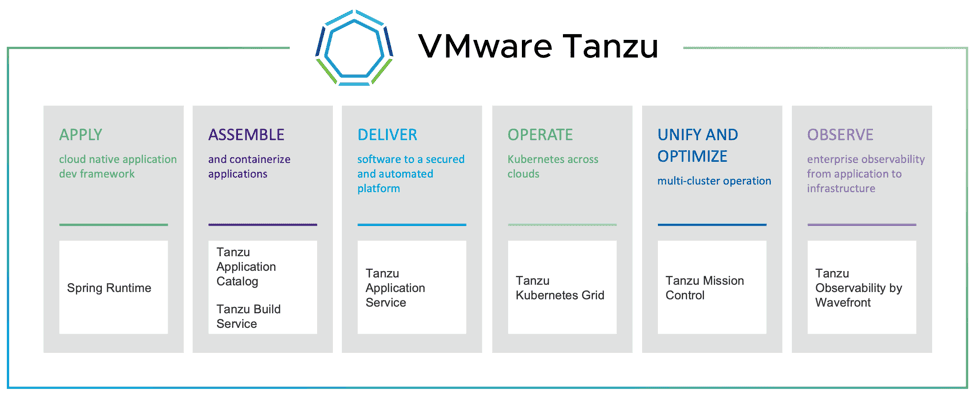WHAT IS VMWARE TANZU?

At VMworld 2019, VMware made several announcements signifying a new strategy centered around modern applications. Their strategy is primarily driven by two VMware offerings: the integration of Kubernetes at the kernel level in vSphere, known as vSphere with Kubernetes, and something called Tanzu.
Since that time, much has been said about VMware’s modern applications strategy, and many products have reached general availability. Yet, there is still confusion about what Tanzu is and is not. Is it a product? Is it a portfolio? Is it a codename?
Tanzu: The Basics
The short answer is that Tanzu is a portfolio of products that enable enterprises to modernize both their applications and the infrastructure they run on. Similar to the way VMware would like vRealize to be synonymous with cloud management and automation, they would like Tanzu to be synonymous with modern applications in the enterprise. So why is this important? In short, there has been a shift away from traditional monolithic applications to modern applications (sometimes also known as cloud-native applications). We will cover the importance of modern application architecture later in this series, but the reality is that it is becoming the preferred application architecture. With this reality in mind, VMware has introduced the Tanzu portfolio, which consists of several products that are meant to help both applications and operations teams embrace modern applications.
(image source: VMware)
